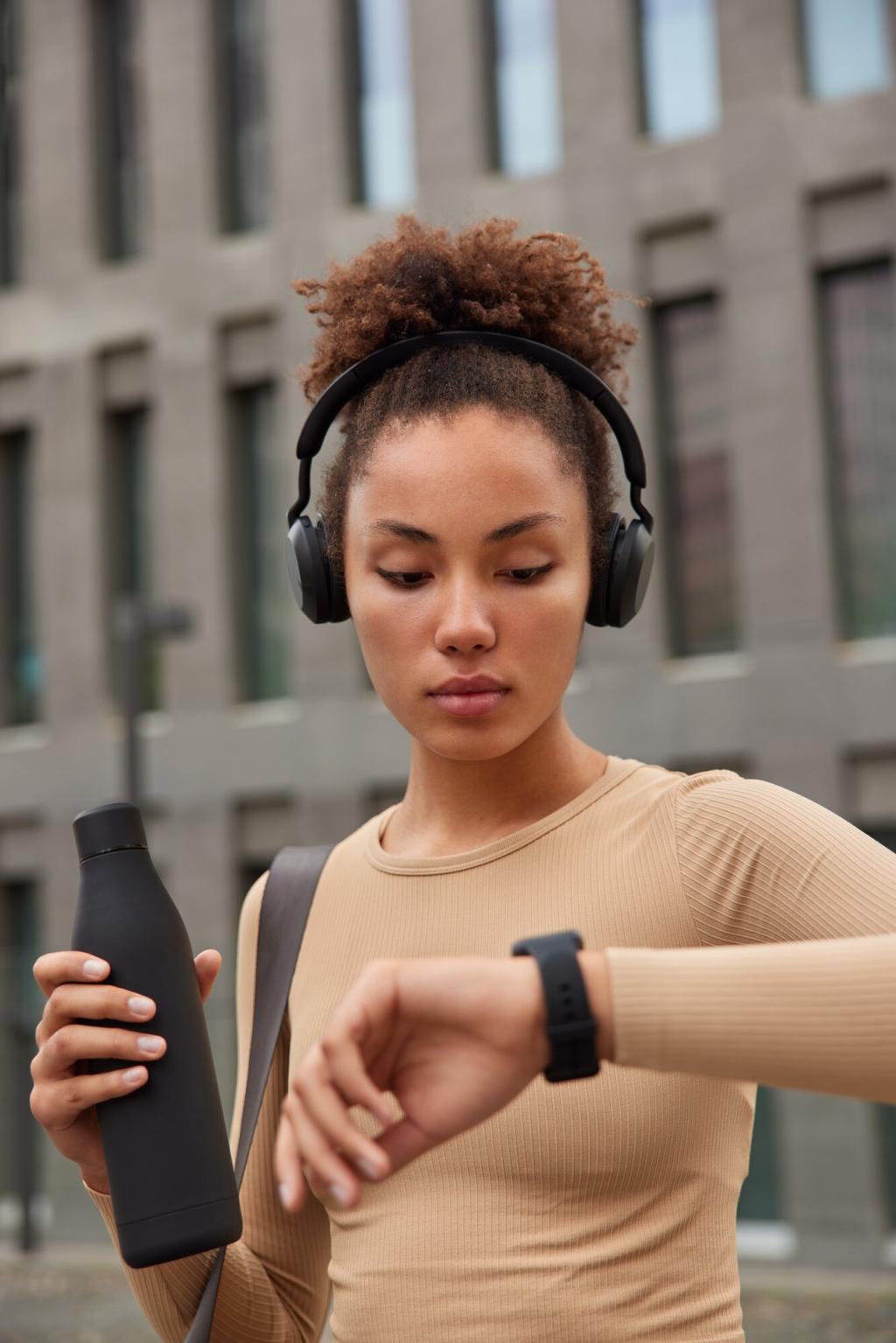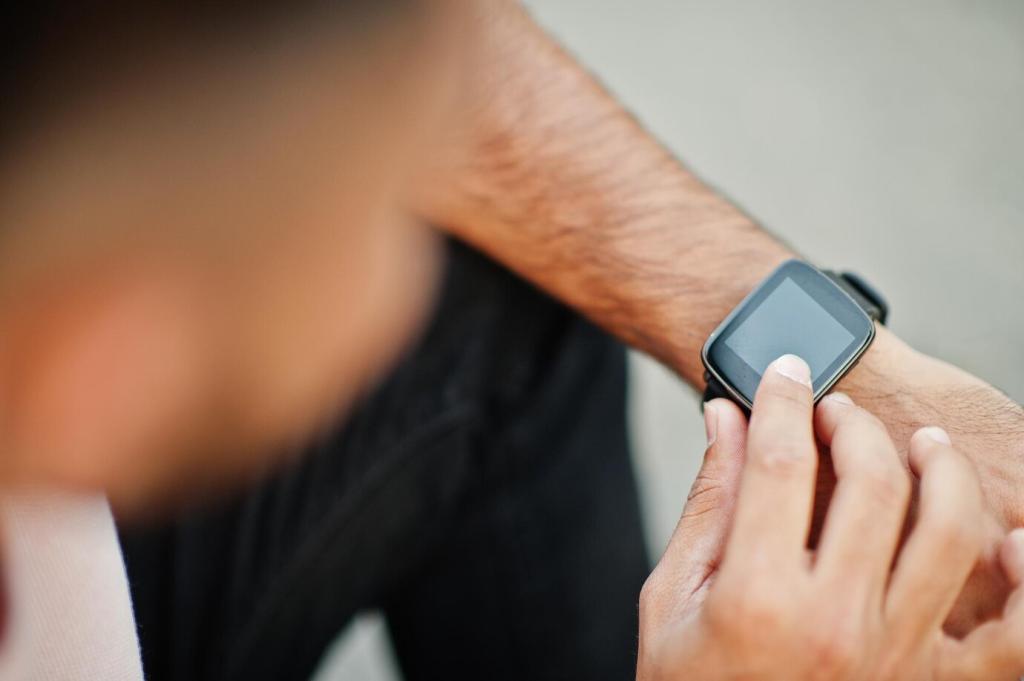Tailoring Alerts That Feel Personal
Chosen theme: Customizing Notifications for Wearable Mobile Devices. Discover how to craft wearable notifications that respect attention, feel human, and deliver timely value—without turning every buzz into background noise.

Understanding Context on the Wrist
Wearables are built for one‑second glances, not minute‑long reads. Customization should emphasize concise summaries, clear icons, and intentional actions that can be completed quickly. If a user needs to think or scroll, the message likely belongs on the phone.
A timely alert that arrives during a meeting can still be rude if irrelevant. Conversely, a slightly delayed but highly relevant alert feels considerate. Balance delivery timing with the user’s cadence—walking, commuting, exercising—and tune thresholds accordingly.
A marathoner told us she missed a course turn because the map pinged late and sounded like a generic text. After customizing haptics and using a distinct directional pattern, she never missed another cue—and she swears her PR improved.
Designing Channels and Priorities
Separate channels by intent: urgent safety, time‑bound reminders, ongoing activity updates, and low‑stakes social. Each channel receives its own haptic pattern, iconography, and delivery rules. This clarity prevents task reminders from masquerading as emergencies.
Designing Channels and Priorities
Allow users to set sleep, focus, and meeting windows that suppress or condense alerts. Adaptive modes can aggregate low‑priority pings into periodic digests. The best setting? The one the user forgets exists because it quietly does the right thing.
Designing Channels and Priorities
What do you allow to break through at 3 a.m., and why? Tell us in the comments. Your real‑world rules help others fine‑tune channels and prevent alert fatigue without missing life’s truly urgent moments.
Haptics, Sound, and Light as a Language
Create a small set of memorable vibration patterns: a double‑tap for direction changes, a soft ripple for messages, and a firm triple‑tap for high priority. Consistency teaches the wrist to understand without looking, minimizing cognitive load.
Haptics, Sound, and Light as a Language
In offices and transit, loud tones feel inconsiderate. Use soft, low‑frequency chirps that fade quickly. Give users the choice to map tones per channel and consider audio off by default, with previews they can audition before committing.

Privacy, Consent, and Granular Control
Default to redacted previews that reveal details only on wrist raise, passcode unlock, or a press‑and‑hold gesture. Let users choose per channel whether to show sender, subject, or nothing at all on the watch screen.
Privacy, Consent, and Granular Control
Offer emergency contacts or categories that bypass focus modes, but require explicit setup and clear labels. Rate‑limit repeats to prevent misuse, and log bypass events so users can review who reached them and adjust trust accordingly.


Phone‑Watch Handoff Patterns
If a user opens a notification on the phone, mute it on the watch; if dismissed on the watch, mark it read on the phone. Keep state synchronized within seconds so people feel continuity, not contradiction.
Avoid Notification Forking
When multiple devices are nearby, choose a single primary endpoint based on proximity and activity. For example, route navigation taps to the wrist and voice prompts to earbuds, while silencing the phone to avoid echoes.
A Commuter’s Calendar Crash
One reader juggled headphones, a watch, and a phone—each chiming for the same meeting. After consolidating channels and enabling single‑endpoint routing, the chaos vanished. Share your setup, and we’ll feature smart orchestration tips next week.
Accessibility and Inclusive Customization
Tuning Haptics for Sensitivity
Offer intensity sliders, sustained patterns for reduced sensitivity, and shorter taps for those sensitive to vibration. Provide a test mode to preview patterns, plus presets designed with input from people across a range of sensory profiles.
Voice, Contrast, and Readability
Ensure voice replies are quick to access and captions are clear. Use large, high‑contrast text with motion reduced where needed. Keep actions reachable with big targets that work for small wrists and gloves alike.
Left‑Handed and Sleeve‑Friendly Design
Support mirrored layouts for left wrists and gestures that work through sleeves in winter. Invite readers to comment with their ergonomic tweaks—your feedback helps designers ship features that include everyone from day one.
Measuring Impact and Iterating Responsibly
Track glance completion time, dismiss‑to‑engage ratios, false urgency rates, and overnight interruptions. Celebrate fewer unnecessary alerts as a win. Share anonymized insights with users to build trust and show real progress.
